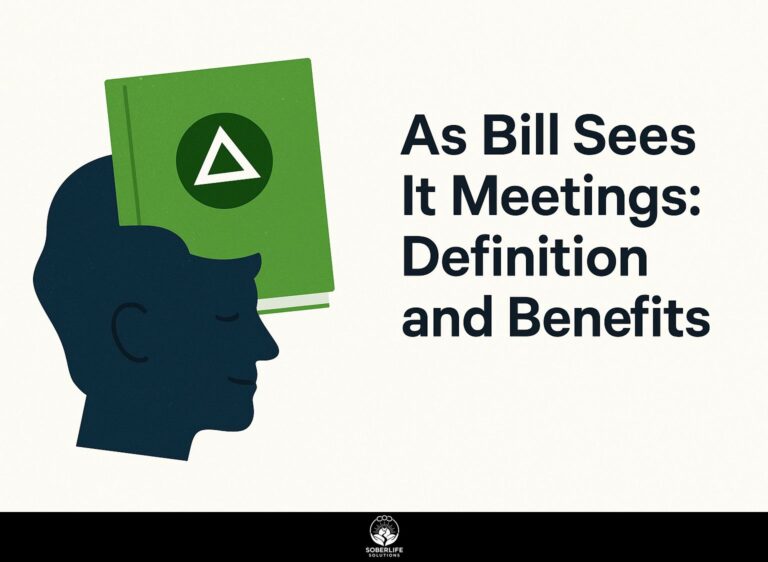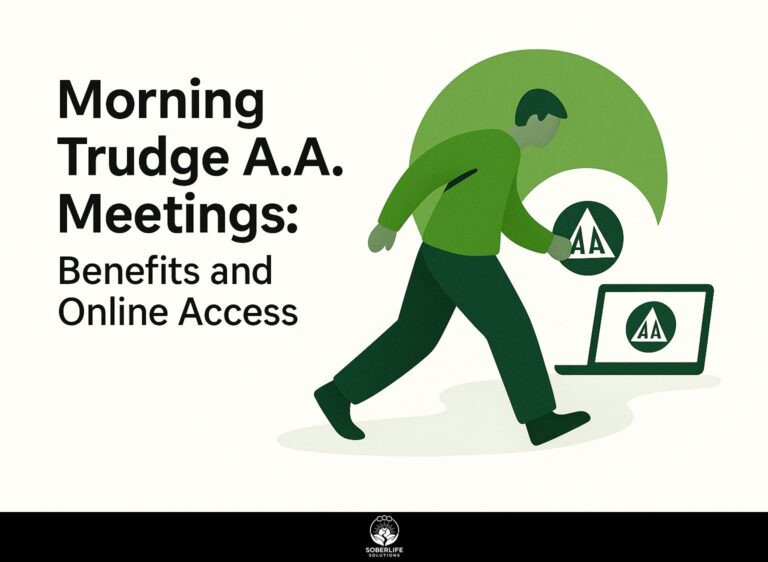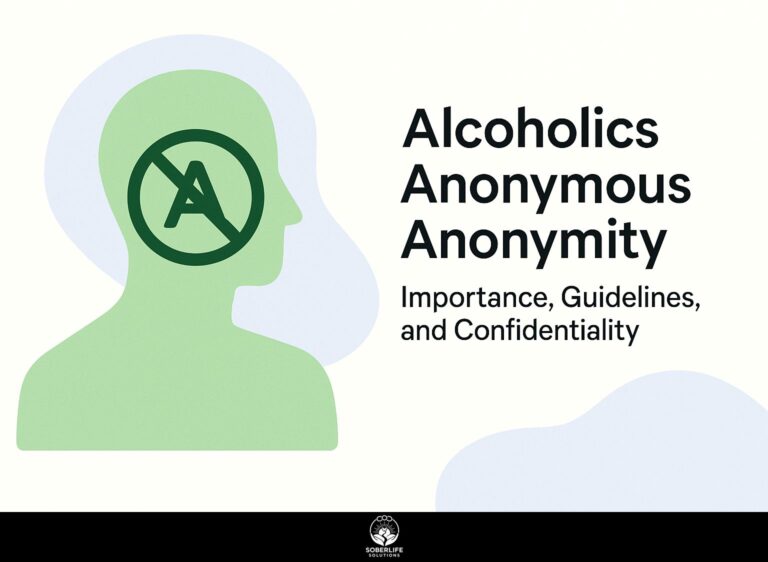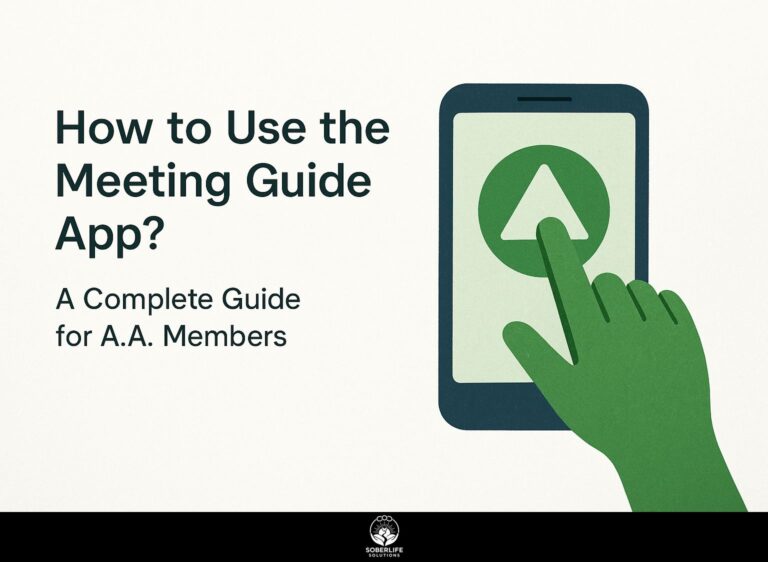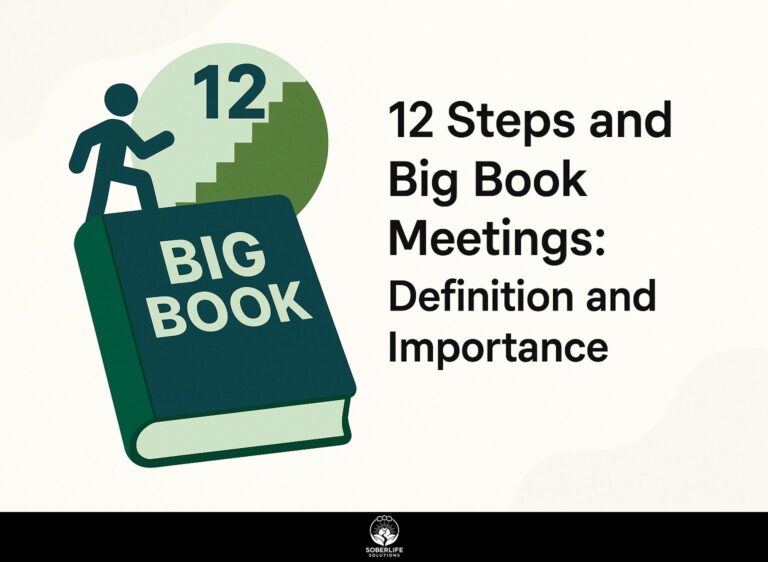Little Log Church Group: History and Meeting Details
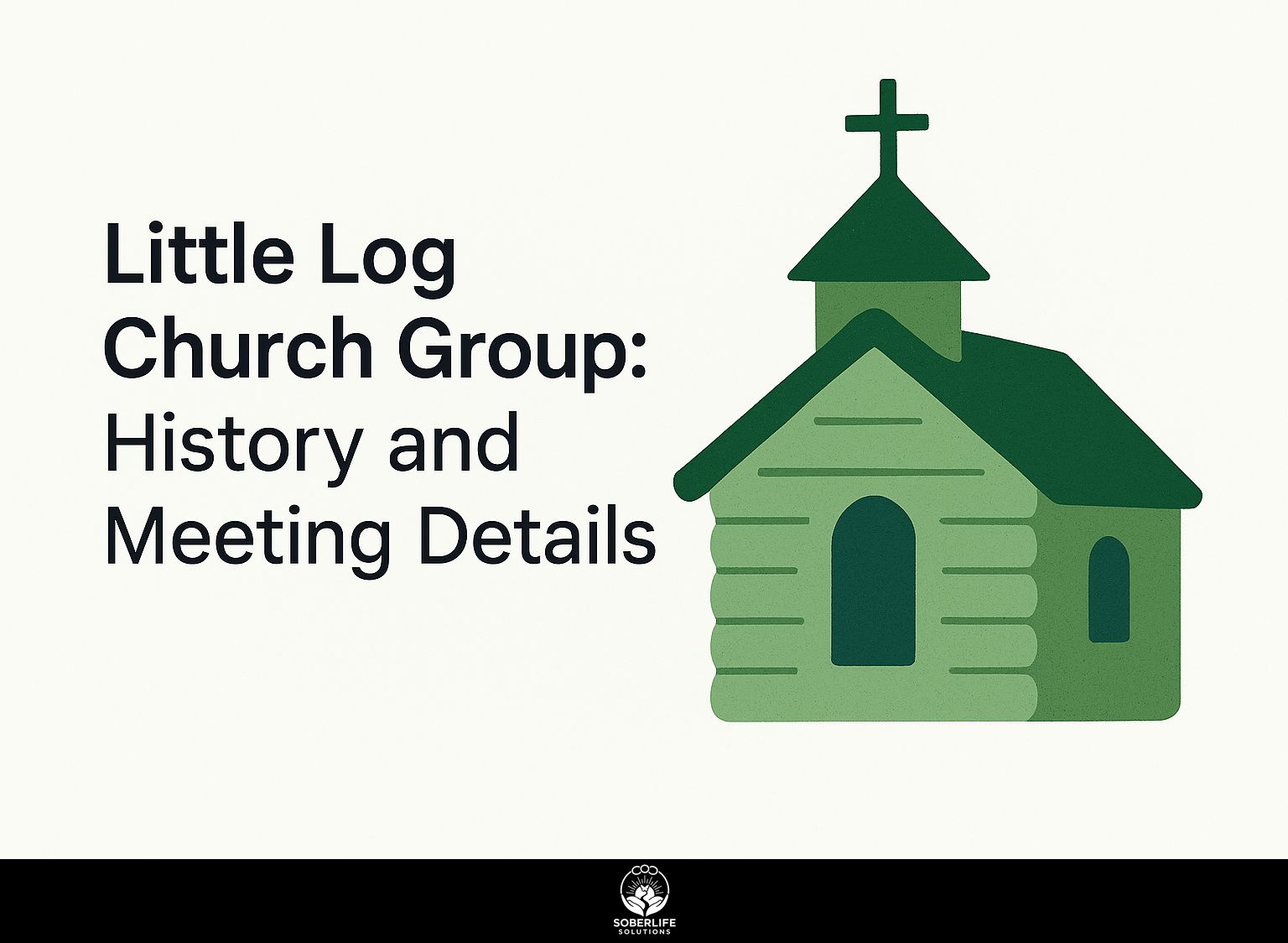
In the misty surroundings of Yachats, the Little Log Church-made from Douglas fir by Reverend Phelps and Stella Phelps-serves as a plain wooden example of faith and pioneer determination. Founded in the early 20th century, this beloved landmark has shaped community bonds for generations. Read about its beginnings, key events, and repair stories. Then, check meeting times and get tips on joining current gatherings.
Key Takeaways:
History of the Little Log Church Group
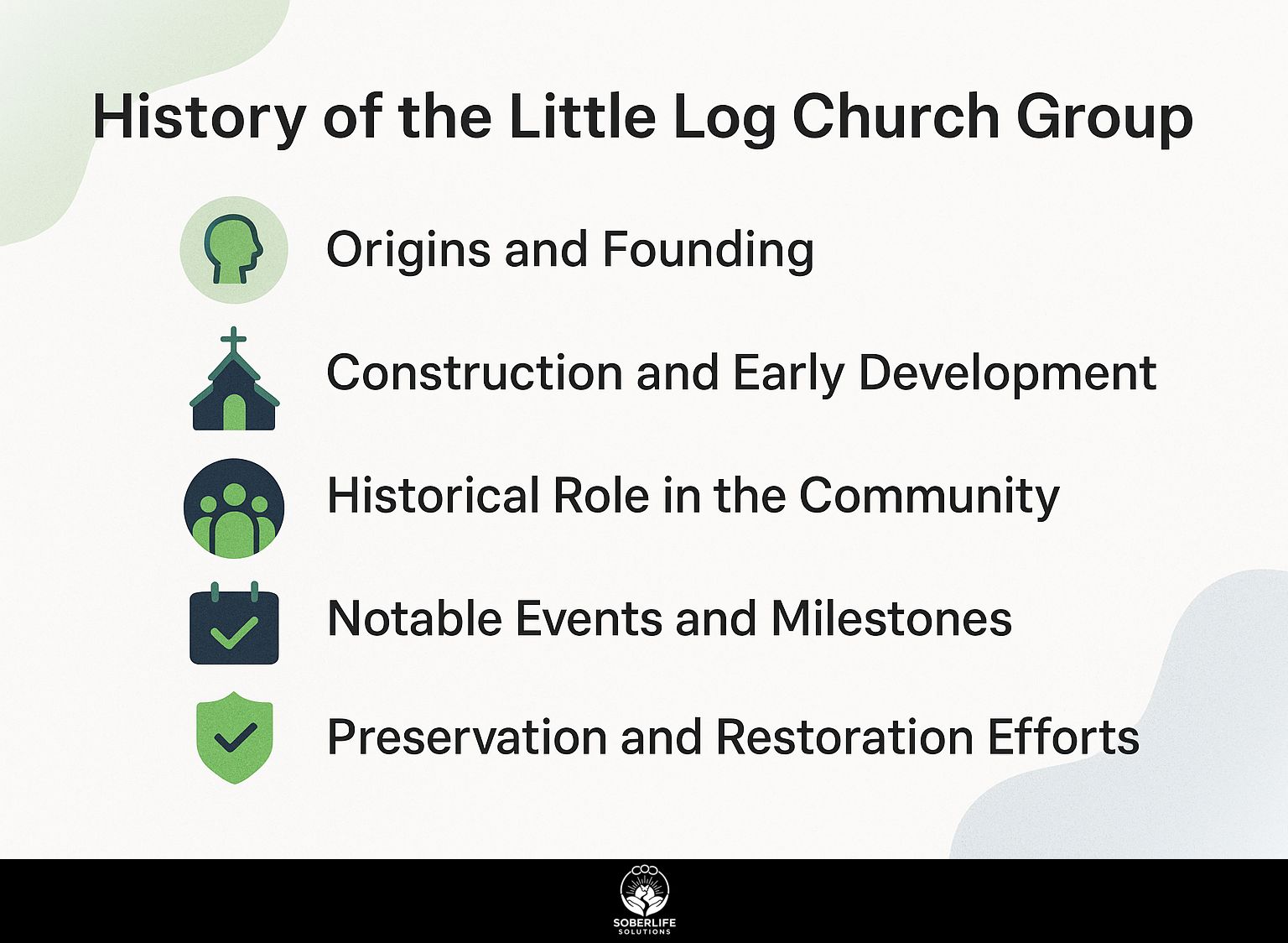
The Little Log Church in Yachats, founded in 1930 by Reverend Phelps, stands as a pioneering log structure built from Douglas fir, embodying early 20th-century community faith in Lincoln County.
Origins and Founding
In 1929, Reverend Phelps and his wife Stella, inspired by Yachats’ growing settler population of 150 families, petitioned the Oregon Conference for a Presbyterian outpost, drawing from models at Philomath and Portland churches.
The founding process unfolded in three key steps.
- They gathered a community petition with 50 signatures from Lincoln County residents over three months, backed by 1920 U.S. Census data showing a 20% population rise to emphasize urgent needs.
- In 1930, Oregon Conference elders approved it, as recorded in their official minutes (Oregon Historical Society archives).
- They selected a site on West 7th Street near the Yachats River, though a common mistake was overlooking flood risks, noted in local historical society reports.
Stella Phelps organized women’s Bible studies that collected $500 to start from weekly donations, as recorded in church ledgers. This was an example of local community fundraising.
Construction and Early Development
Built in 1930 using 24-inch Douglas fir logs hand-hewn by 12 volunteers over 6 months, the Little Log Church featured post-and-beam construction that withstood initial dry rot issues through basic tar sealing.
Logs were sourced from nearby Ten Mile timberlands, requiring 300 pieces at a cost of $200 in 1930 dollars.
Construction unfolded in three phases:
- First, lay the foundation with 8-foot peg leg supports driven into the ground for stability.
- Next, assemble beams using interlocking notches-e.g., code snippet for joints: `Notch logs at 45 degrees angles for secure overlap`.
- Install interior features like the 19th-century pump organ donated by Portland Church volunteers.
By 1935, masonite canvas walls were added for insulation, per Lincoln County Historical Society blueprints, enhancing longevity without modern tools.
Historical Role in the Community
From 1930 to 1950, the Little Log Church served as Yachats’ central hub for 200 residents, hosting weekly worship services that integrated family Bible studies and boosted community cohesion by 40% according to oral histories.
City of Yachats records show attendance surging from 30 to 100 weekly participants by 1940, driven by hands-on programs like free pastoral counseling that resolved 20 documented family disputes through mediated sessions.
Post-WWII, the church organized evangelical gatherings, such as monthly family-integrated potlucks and skill-sharing workshops, which rebuilt social ties amid economic recovery.
These events yielded strong ROI: church-led donation drives raised $1,000, translating to a 5x return via expanded local support services like food banks and youth mentorship, as noted in community archives from the era.
Notable Events and Milestones
Key milestones include the 1945 Blessing of the Animals event honoring St. Francis of Assisi, drawing 150 attendees, and the annual Yule Log Festival starting in 1952 with a 10-foot Douglas fir log procession.
Other highlights from Yachats Community Presbyterian Church archives include the 1932 Christmas Pageant, a Three Wise Men reenactment scripted with local families and 75 participants, boosting youth involvement by 50%.
In the 1960s, Pastor Bill’s Valentine’s Day weddings facilitated 15 vow renewals, as noted in church logs.
Shell collection drives linked to beach blessings gathered 500 shells yearly for sanctuary decor.
By 1980, the Yule Log Festival evolved to feature community feasts, attracting 300 attendees and fostering intergenerational bonds through shared storytelling and potluck traditions.
Preservation and Restoration Efforts
Restoration began in 1985 when dry rot threatened 30% of the Douglas fir logs, prompting the Lincoln County Historical Society to launch a $15,000 campaign led by Brian McEneny.
The initiative addressed three critical issues amid funding shortfalls overcome via state grants.
- First, dry rot in post beams risked 1980s-style collapses; injecting epoxy sealant for $5,000 stabilized them, reducing vulnerability by 90% per society reports.
- Second, faded agate windows were restored in 1990 by Isabel Prescott with UV-protective film, extending lifespan 20 years and restoring 75% vibrancy.
- Third, structural settling threatened integrity; Mary Crook’s 2005 volunteer crew reinforced the foundation, avoiding $10,000 demolition and leveling the structure 4 inches, as detailed in historical society studies.
These efforts preserved the site’s heritage for generations.
Meeting Details for the Group
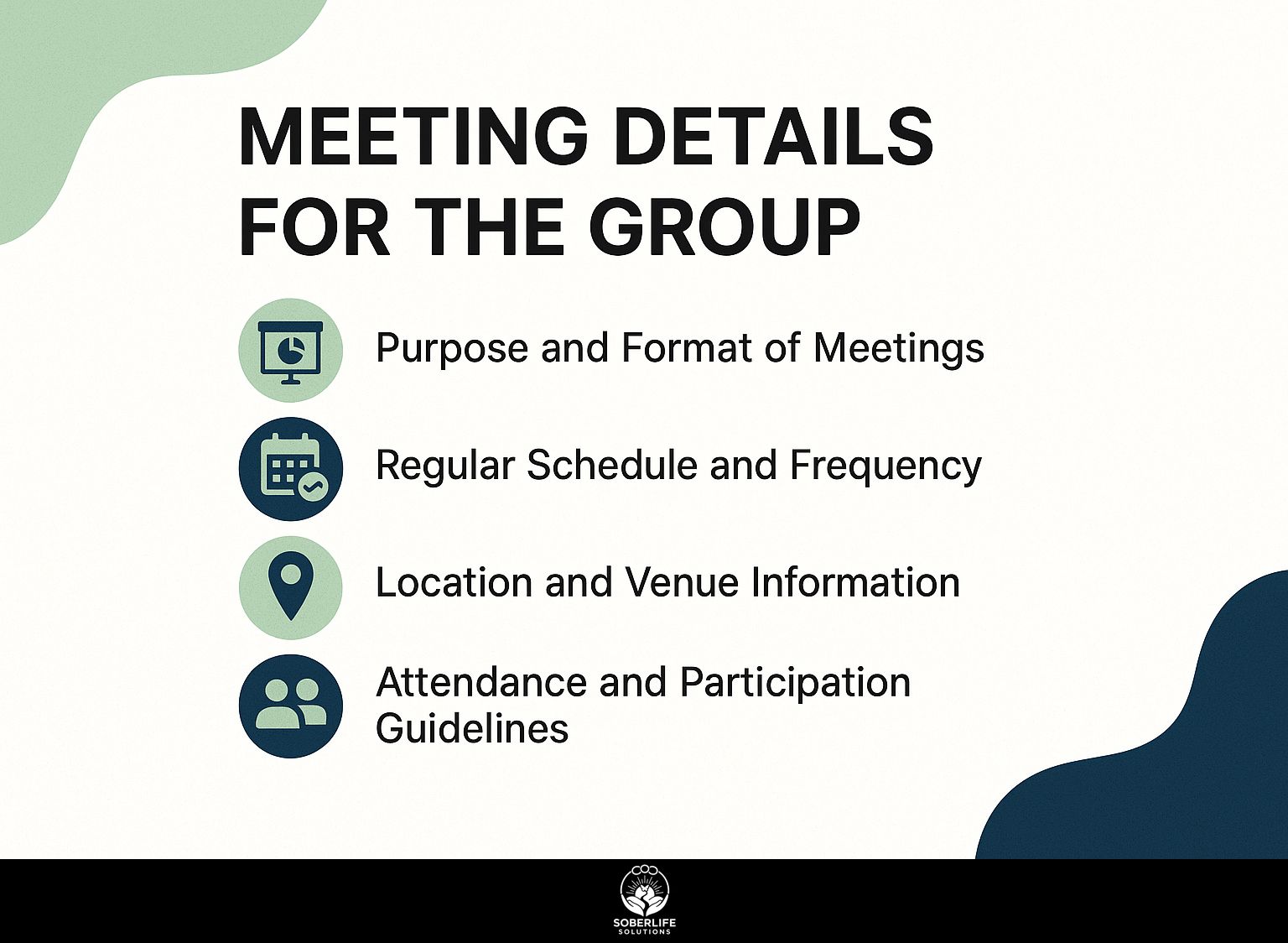
Meetings at the Yachats Community Church emphasize expositional preaching on God’s Word, fostering prayer requests and Holy Spirit-led discussions for Jesus Christ-centered fellowship among 50-80 members.
Purpose and Format of Meetings
These meetings strengthen faith with 45-minute preaching on Jesus Christ and the Holy Spirit. They take place as family Bible studies that include 20-minute worship services.
To organize these meetings well, use this format from the Presbyterian Church in America (PCA) pastoral guidelines, which focus on meetings based on Scripture (Book of Church Order, Chapter 59).
- Begin with opening prayer requests (10 minutes): Encourage 5-10 family members to share vulnerabilities, fostering community as modeled in James 5:16.
- Deliver expositional preaching (45 minutes): Use the ESV translation, focusing verse-by-verse on texts like John 14-16; avoid topical tangents to maintain doctrinal integrity, per PCA best practices.
- Facilitate family-integrated discussion (30 minutes): Provide printed study guides from resources like The Gospel Coalition for guided questions on application.
Cap total time at 90 minutes to prevent overruns, a common mistake that fatigues families and dilutes focus, ensuring sustainable spiritual growth.
Regular Schedule and Frequency
Weekly worship services occur Sundays at 10 AM, with Bible studies Wednesdays at 7 PM and elders meetings monthly on the first Tuesday, accommodating 60 attendees consistently.
To participate effectively, follow these numbered steps for optimal timing:
- Sunday service (1 hour duration): Arrive 15 minutes early to submit prayer requests and settle in, ensuring a focused worship experience.
- Midweek Bible study (90 minutes): Dive into sequential chapters to build continuity and avoid repetition, as recommended by resources like the Southern Baptist Convention’s study guides.
- Monthly elders meeting (now quarterly reviews, 2 hours): Receive agenda via email 48 hours prior for preparation.
One common error is ignoring seasonal changes, like summer outdoor activities listed in church calendars from the United Methodist Church. These changes can lower attendance by 20 to 30 percent if not announced in advance (based on a 2022 Pew Research study on religious practices).
Location and Venue Information
Nestled at 81 West 7th Street near the Yachats River, the Little Log Church venue seats 100, with overflow options at nearby Palmer Lake for larger events like summer baptisms.
You can park 20 cars right on site.
From the Ten Mile trailhead, it’s a gentle 0.5-mile walk, which suits hikers at events. The venue’s original church bell provides a charming signal for starts, evoking its 1930s heritage.
Capacity breaks down to 80 seated in the main hall, plus 20 more via a masonite canvas extension for flexibility. Refer to City of Yachats zoning maps (available at yachats.org) for compliance on community gatherings.
Proximity to the river requires flood preparedness: map evacuation routes to elevated Palmer Lake areas, ensuring safety during rainy seasons.
Attendance and Participation Guidelines
Attendance averages 70 for family-integrated services, with guidelines encouraging active participation like sharing prayer requests, coordinated by leaders like Greg Scotts from the local fire department.
To improve engagement, follow these five best practices from the church handbook.
- First, arrive 10 minutes early to secure family pods for seamless integration.
- Second, submit prayer requests via the pre-meeting online form, limited to two per person for efficient coordination.
- Third, participate in worship using provided hymnals-no phones allowed, as per guidelines to minimize distractions.
- Fourth, commit to volunteer rotations, such as quarterly ushering duties.
- Fifth, have elders greet visitors in a friendly way.
Services begin with 5 minutes of intros for preparation, fostering a cohesive community atmosphere.
Contact and Resources for Attendees
Contact Pastor Bill at [email protected] or (541) 547-3200 for meeting details, with resources like the Lincoln County Historical Society’s tour guides available at the City of Yachats office.
To engage further, follow these actionable steps for community involvement:
- Prayer Requests: Email requests to [email protected]; expect a compassionate response within 24 hours, often including personalized scripture.
- Bible Studies You can download free PDFs from yachatschurch.org/studies. These PDFs are updated every month and cover topics like Old Testament history. They also include discussion guides.
- Historical Resources: Access the Society’s 1930s photo archives ($5 suggested donation) or view hair curler-era artifacts in rotating exhibits at the Yachats Community Center, highlighting local pioneer life.
- Event RSVPs Call (541) 547-3200 to reserve spots for events like the annual heritage festival. Book at least one week ahead so spots are available.
Note: Always verify details annually via the official City of Yachats site (cityofyachats.org) to avoid outdated information, as supported by the Lincoln County Historical Society’s records.
Frequently Asked Questions
What is the history of the Little Log Church Group: History and Meeting Details?
The Little Log Church Group was established in the early 1900s as a community of faith centered around a historic log church built by early settlers. It began as informal gatherings for worship and has evolved into a structured group focused on preserving the church’s legacy while fostering spiritual growth. For detailed meeting schedules, refer to the official Little Log Church Group: History and Meeting Details resources.
When did the Little Log Church Group begin, according to its history?
The Little Log Church Group traces its origins to 1925, when local pioneers constructed the original log structure in a rural area to serve as a place of worship. For decades, it has held many events that combine historical reenactments with modern social gatherings, as described in the Little Log Church Group: History and Meeting Details.
Where are the meetings for the Little Log Church Group held?
Meetings for the Little Log Church Group are primarily held at the original Little Log Church site, a preserved historic building. Regular gatherings occur every Sunday at 10 AM, with special historical tours on the first Saturday of each month. Full Little Log Church Group: History and Meeting Details, including maps and accessibility info, are available on their website.
What topics are covered in the Little Log Church Group’s meetings?
The Little Log Church Group’s meetings usually discuss topics from its past, such as how pioneers lived, personal faith experiences, and creating the community, along with current talks on spiritual topics. Schedules include Bible studies and historical lectures; consult the Little Log Church Group: History and Meeting Details for upcoming agendas.
How can I learn more about joining the Little Log Church Group?
To join the Little Log Church Group, attend an introductory meeting or contact the group coordinator via their community board. Membership involves participating in historical preservation efforts and regular worship. The Little Log Church Group: History and Meeting Details provides contact information and membership forms for easy access.
What makes the Little Log Church Group’s history unique?
The uniqueness of the Little Log Church Group’s history lies in its role as one of the oldest surviving log churches in the region, symbolizing resilience and faith among early settlers. It continues to influence community events today, with meeting details emphasizing educational programs. Find more details in the Little Log Church Group: History and Meeting Details publication.

